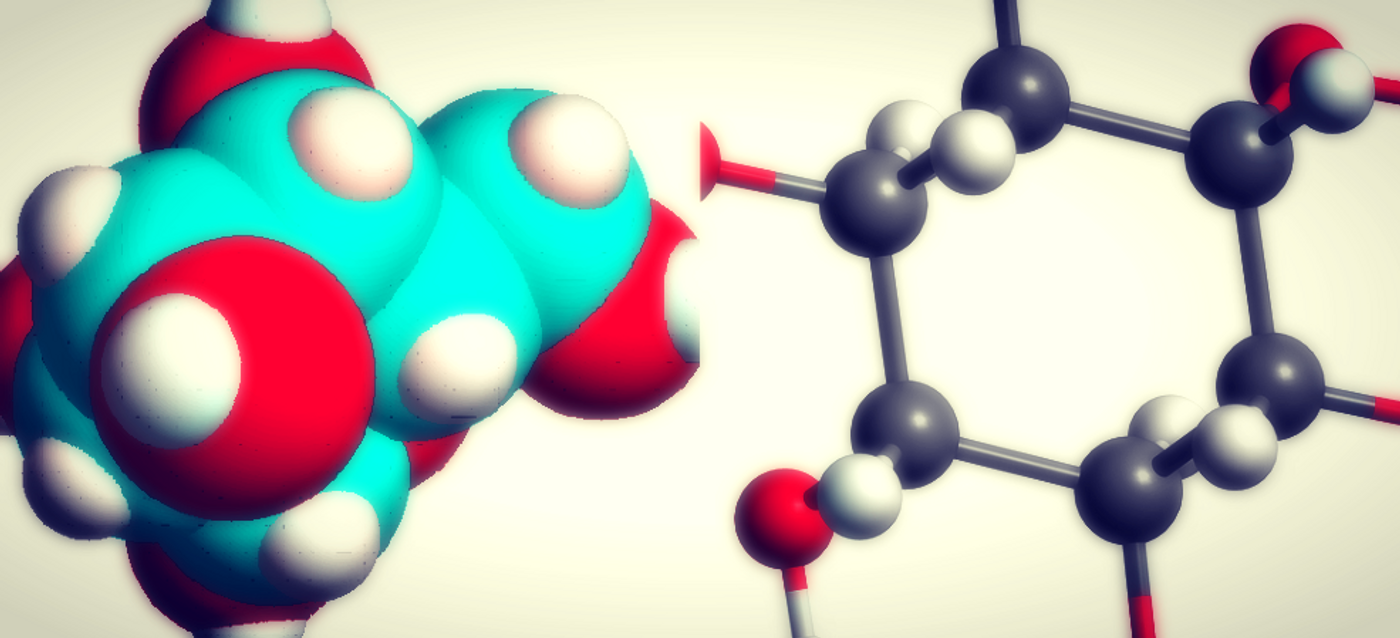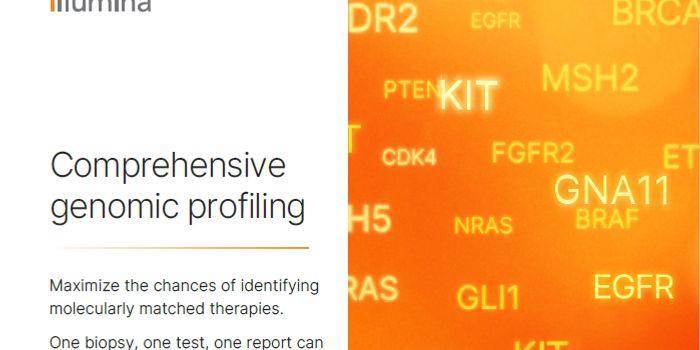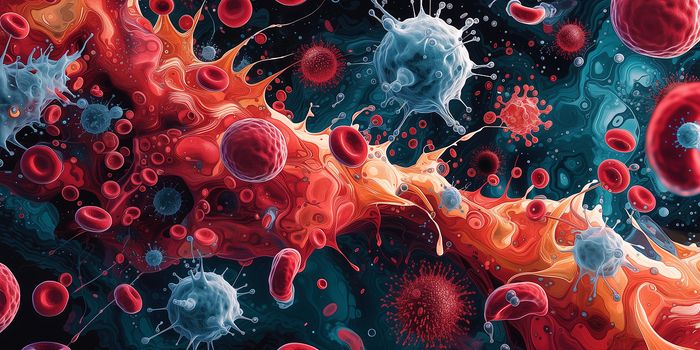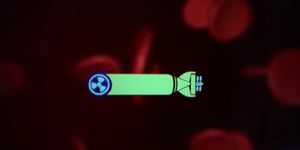This Molecule Compound Reduces Chemo Resistance
Drug resistance is a major hindrance to cancer treatment. Researchers from Duke University, MIT and the University of Rhode Island have zeroed in on a molecule compound that works as a kind of glue, binding and incapacitating a protein that helps cancer cells adapt to and resist chemo treatments. Pei Zhou, Ph.D., a professor of biochemistry at Duke and senior co-author of the new study on reducing chemo-resistance, is excited about he and his colleagues’ discoveries.
"Chemotherapies are often effective the first time around, but then the cancers mutate and become resistant to that drug and the next, and the next. It reminds me of Boggarts, those shapeshifting creatures from ‘Harry Potter’ that morph from one scary thing to another. The beauty of this approach is that you essentially freeze the Boggart in its current form, so you can kill it off for good,” Zhou said.
Previous studies identified a protein named Rev1 as a key player in cancer cell’s ability to change and resist chemotherapy drugs like cisplatin, which are designed to keep the cancer cells from replicating. Rev1 has already been successfully disrupted through genetic means at the labs of two other senior co-authors, Graham C. Walker and Michael T. Hemann at MIT. But the new team wanted to find a molecule compound that could block or inhibit Rev1. So, they tested 10,000 small molecule compounds and discovered JH-RE-06.
When Rev1 interacts with JH-RE-06, it joins with or “dimerizes” with another copy of itself. When Rev1 is bound and locked in this way, it can’t help cancer cells shift forms and resist treatment.
In human cancer cell lines, the new molecule was found to enhance the effectiveness of multiple kinds of chemotherapy and to suppress cancer’s mutant abilities. In a mouse model of human melanoma treated with cisplatin and JH-RE-06, the tumors stopped growing, and the mice survived longer.
"This is a great proof of principle that it is possible to target this protein, but we have a lot of work to do to turn this lead compound into a viable candidate that we can take to the clinic,” senior study co-author Jiyong Hong, Ph.D., a professor of chemistry at Duke, said.
Sources: Science Daily, Cell









